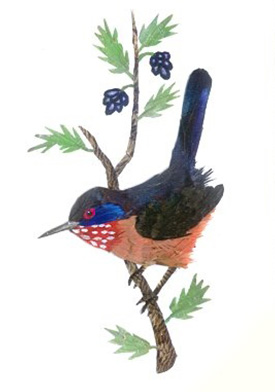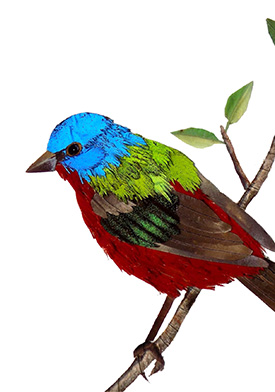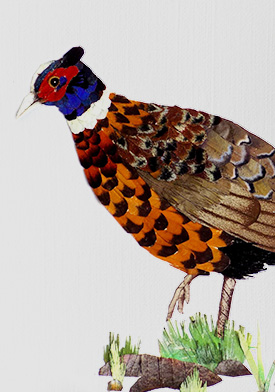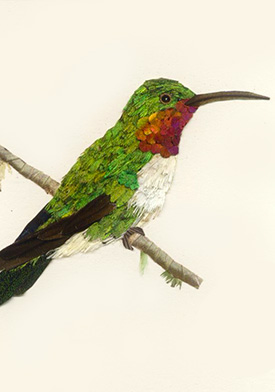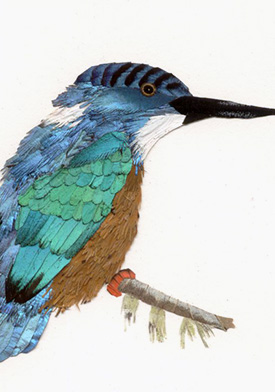Who
My name is Dr Américo N. Bonkewitzz. I moved from Patagonia, Argentina to the absolutely magnificent garden of KwaZulu-Natal, South Africa 33 years ago. I obtained my doctorate degree in Zoology at the University of Natal, Pietermaritzburg under the supervision of the ornithologist, Prof. Gordon L. Maclean. In 1998, I had an idea of developing a new art expression in the form of unusual pictures of birds, created with small pieces of butterfly wings. This type of art expression poses a challenge to find images in the butterfly wings that reflect those of birds and surroundings.
I strive to be your reliable companion in exploring diverse topics, answering your questions, and helping you navigate through various subjects of interest. My mission is to assist, inform, and entertain, making your experience here both insightful and enjoyable.

